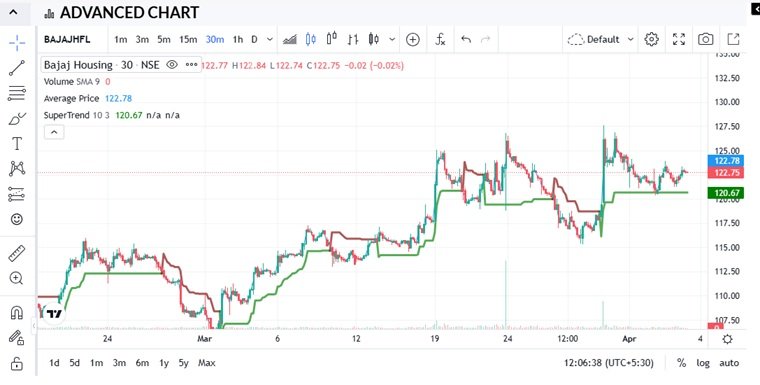Introduction to the Unified Pension Scheme
The Unified Pension Scheme is an initiative designed to provide a consolidated and structured approach to retirement savings and pension benefits for individuals. The primary objective of this scheme is to unify different pension plans under one structured system, ensuring that beneficiaries receive a consistent and reliable pension post-retirement. Various governments and organizations have been working towards implementing such schemes to simplify pension management, avoid discrepancies, and ensure long-term financial security for retired individuals.
Retirement planning has always been an essential aspect of financial management. With the rise in life expectancy and the need for stable income sources post-retirement, pension schemes play a crucial role in securing an individual’s future. The Unified Pension Scheme aims to create a streamlined process where different pension plans—whether government-sponsored or private—are brought under one unified system. This not only makes the management easier but also helps in ensuring transparency and efficiency in pension disbursement.
Key Features of the Unified Pension Scheme
The Unified Pension Scheme comes with several significant features that make it an attractive option for both employees and employers. Some of the most notable features include:
1. One-Stop Pension Management
Unlike traditional pension systems where individuals might have to juggle between multiple pension schemes, the Unified Pension Scheme integrates all pension contributions into a single system. This reduces the burden of managing multiple accounts and ensures that the pension funds are systematically organized.
2. Government and Private Sector Integration
The scheme is designed to apply to both government and private sector employees. This makes it a truly unified approach, ensuring that pension benefits are accessible to a larger section of the workforce.
3. Portability and Flexibility
One of the major concerns for employees in today’s dynamic job market is the portability of their pension benefits. The Unified Pension Scheme ensures that an individual’s pension contributions are carried forward regardless of job changes. This allows for a seamless transition between jobs without the worry of losing accumulated pension benefits.
4. Contribution-Based Pension Benefits
The scheme works on a contribution-based system, where both employers and employees contribute towards the pension fund. This ensures that individuals receive pensions based on the amount they have contributed over their working years, promoting financial discipline and savings for the future.
5. Technology-Driven Pension Management
With the increasing use of digital platforms in financial management, the Unified Pension Scheme integrates online tracking and management systems. Individuals can track their contributions, withdrawals, and pension disbursement status through digital portals, enhancing transparency and efficiency.
Why is the Unified Pension Scheme Important?
The need for a unified approach to pensions has been felt across different sectors due to various challenges in the traditional pension system. Some reasons why this scheme is important include:
1. Eliminating Confusion Among Beneficiaries
Previously, individuals had to deal with multiple pension accounts due to different employers or government policies. This led to confusion in claiming pension benefits. With the Unified Pension Scheme, individuals have only one pension account, making it easier to track and manage.
2. Reducing Pension Fund Mismanagement
There have been several cases of pension fund mismanagement due to lack of transparency. A centralized pension system ensures accountability, reducing the risks of fund misuse and fraud.
3. Encouraging Retirement Savings
Many employees neglect retirement savings due to a lack of awareness or the complexity of pension schemes. The Unified Pension Scheme simplifies the process and encourages individuals to actively contribute towards their future financial security.
4. Supporting Economic Stability
A well-structured pension scheme reduces dependency on government welfare programs. Ensuring that individuals have adequate financial resources post-retirement, helps create economic stability and reduce financial burdens on the state.
Comparison with Traditional Pension Schemes
| Feature | Traditional Pension Schemes | Unified Pension Scheme |
| Multiple Accounts | Yes | No (Unified System) |
| Portability | Limited | High |
| Transparency | Moderate | High |
| Employer Contribution | Varies | Standardized |
| Digital Access | Limited | Fully Integrated |
Eligibility Criteria for Unified Pension Scheme
To avail of the benefits of the Unified Pension Scheme, individuals must fulfil certain eligibility criteria, which may vary from country to country. However, some general criteria include:
- Age Limit – Individuals must be between 18 and 60 years old to participate in the scheme.
- Employment Type – The scheme covers government, private, and self-employed individuals.
- Minimum Contribution Requirement – There may be a minimum monthly or annual contribution requirement.
- Nationality – Some schemes may be restricted to citizens or permanent residents of the country implementing the plan.
How to Enroll in the Unified Pension Scheme?
The process of enrolling in the Unified Pension Scheme is relatively simple and can usually be done through both online and offline methods. Here’s a step-by-step guide to enrolling:
1. Choose a Pension Provider
Different organizations and governments may have specific pension providers. It is essential to select a reliable pension provider that is registered under the Unified Pension Scheme framework.
2. Complete the Registration Process
Individuals need to fill out the necessary application forms, either online or offline, and submit required documents such as proof of identity, employment details, and income proof.
3. Set Up Contributions
Based on the individual’s salary and financial goals, they can choose their contribution amount. Many employers also contribute a fixed percentage towards the employee’s pension fund.
4. Track Pension Account Regularly
Most modern pension schemes provide digital portals for tracking contributions. Enrollees should regularly check their pension status and update any required information.
Challenges and Limitations of the Unified Pension
While the Unified Pension Scheme has several advantages, it also comes with certain challenges:
- Implementation Difficulties – Integrating multiple existing pension schemes into one unified system can be complex and time-consuming.
- Lack of Awareness – Many individuals, especially in rural areas, may not be aware of the benefits of pension schemes, leading to lower participation rates.
- Possible Delays in Pension Disbursement – If not properly managed, pension disbursement could face delays due to administrative bottlenecks.
- Regulatory Hurdles – Different countries and organizations may have different pension policies, making it difficult to create a universal pension system.
Conclusion
The Unified Pension Scheme is a promising step towards financial security for retirees, offering a streamlined, transparent, and efficient way to manage pension benefits. It ensures that individuals receive consistent pension payouts, regardless of their employment changes, and eliminates confusion caused by multiple pension accounts.
Disclaimer:
The information provided in this article about the Unified Pension Scheme is for informational purposes only and should not be considered as financial, legal, or official government advice. While we strive to ensure accuracy, pension policies and regulations may vary based on country and organization. Readers are encouraged to consult with official government sources, financial advisors, or pension authorities before making any decisions related to pension schemes. We do not hold any responsibility for discrepancies, policy changes, or financial decisions made based on this content.
Read More:-















Leave a Reply